Tips for Storing Your Winter Clothes
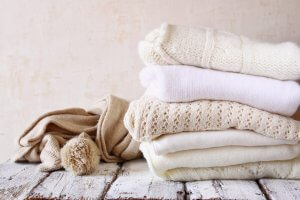
Summer is coming! That means it’s time to store away your heavy blankets and winter clothes. Today, we want to help you simplify the process and teach you tips for storing your winter clothes.
When we have to change our closets for a new season, many of us think that replacing all of our past-season clothes with their upcoming-season counterparts is enough.
But if you want to change your closet successfully, you should consider certain important factors first such as the storage space that you have available.
Cleaning out a closet is much more complicated than it seems. But it has its benefits: changing seasons frees up space, allows us to get rid of the articles that we don’t use anymore and helps us find the ones we actually do use.
Storing your winter clothes: make sure they’re nice and clean
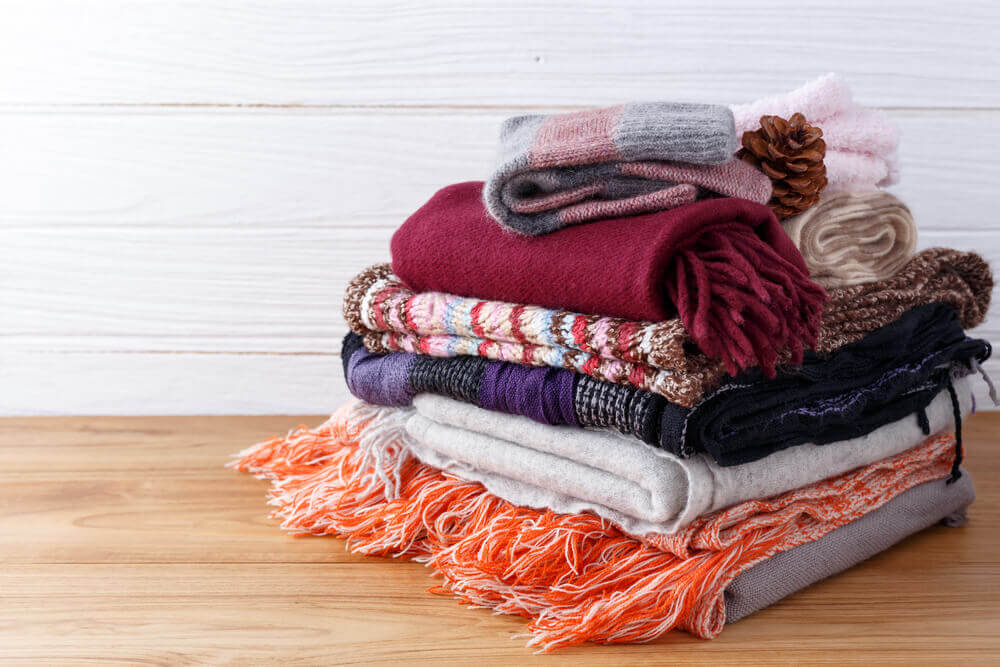
Before storing your clothes, make sure that each and every article is clean and in good shape. Here are the steps to follow:
- First things first, remove all of your clothes from your closet in an organized manner.
- Next, take your clothes and divide them into 3 groups: clothes you’re planning on using still, seasonal clothes to put away and clothes that you don’t need anymore and can throw away or recycle.
- Lastly, wash all of the articles that need it.
The last step is extremely important. When you put clothes away for a long period of time, they can form odors or even mold. Make sure that your clothes are free of stains and that there is no trace of perfume or lotion either.
Pack your clothes away in orderly fashion
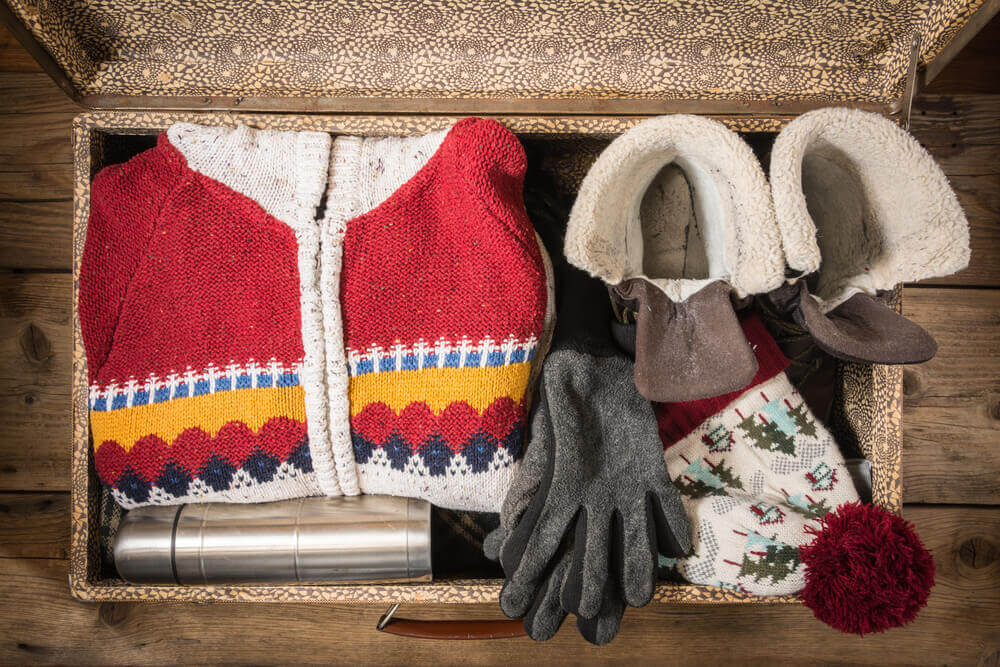
Organizing your clothes by type of article is one of the best ways to make seasonal closet transitions easier. When you’re dividing up your clothes into types, remember to keep in mind other aspects such as the special care that your delicate articles might require.
If you want to create more closet space, you can also opt to store your bigger items in vacuum-seal packages. For shoes, especially delicate pairs, we recommend filling them with silk paper first even the end result will take up more space. By filling them first, you can prevent their shape from deforming.
Choose the right containers for your clothes
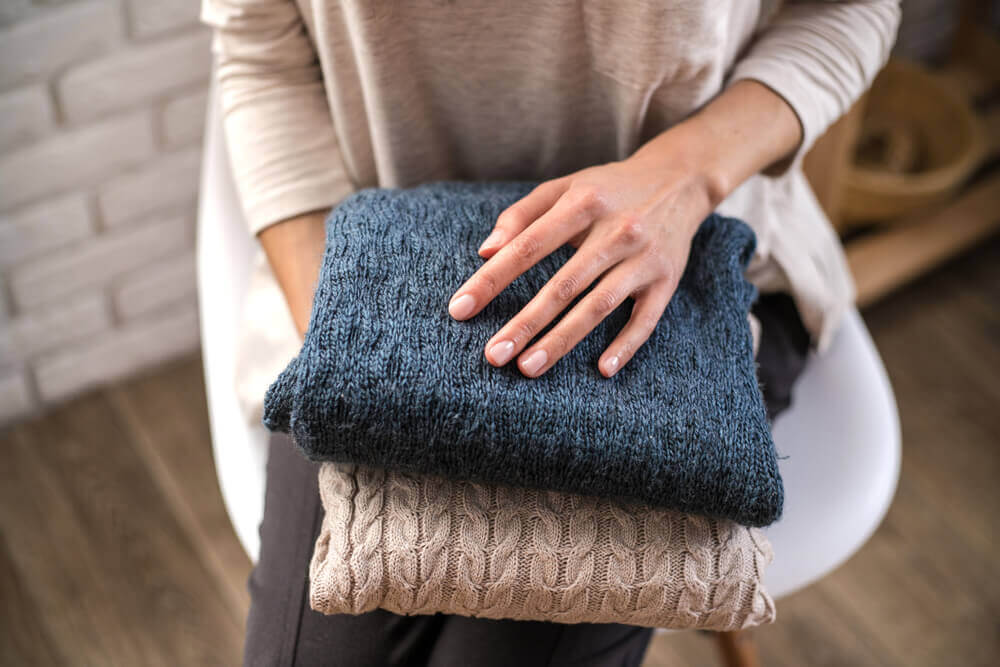
Cardboard boxes might be a tempting idea for storage. But cardboard is acidic and susceptible to water or moisture damage. On top of that, it might have glue or cracks that could attract bugs and other pests.
In light of that, plastic boxes are actually a much more practical way of storing your out-of-season clothes. Plastic boxes will keep your clothing fibers in good condition and safe from insects. Additionally, you can find plastic boxes or containers at any dollar store.
As for your delicate ware, try muslin or cotton bags instead of boxes because they’ll allow air to flow through. On the contrary, boxing your delicate items away can lead to humidity build-up and damage.
Protect your clothes from any kind of risk
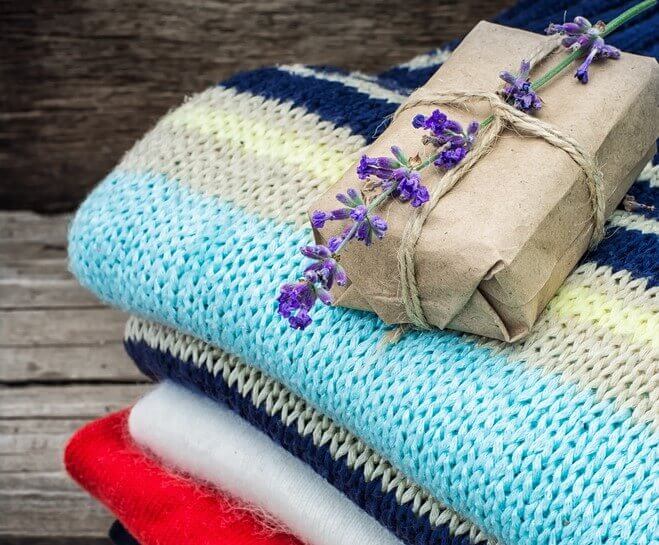
One of the biggest fears that comes with storing clothes away for the season is possible insect damage. The best way to protect your clothes is by using mothballs alongside your articles.
Mothballs contain insecticides that repel pests. However, they can be very harmful to children and pets as well.
Instead, natural insect-repellents such as cedar or lavender can be safer alternatives. You can even make them yourself; you just need to fill a small muslin sack with dried lavender or cotton balls soaked in essential lavender oil.
Store your winter clothes away in a safe place
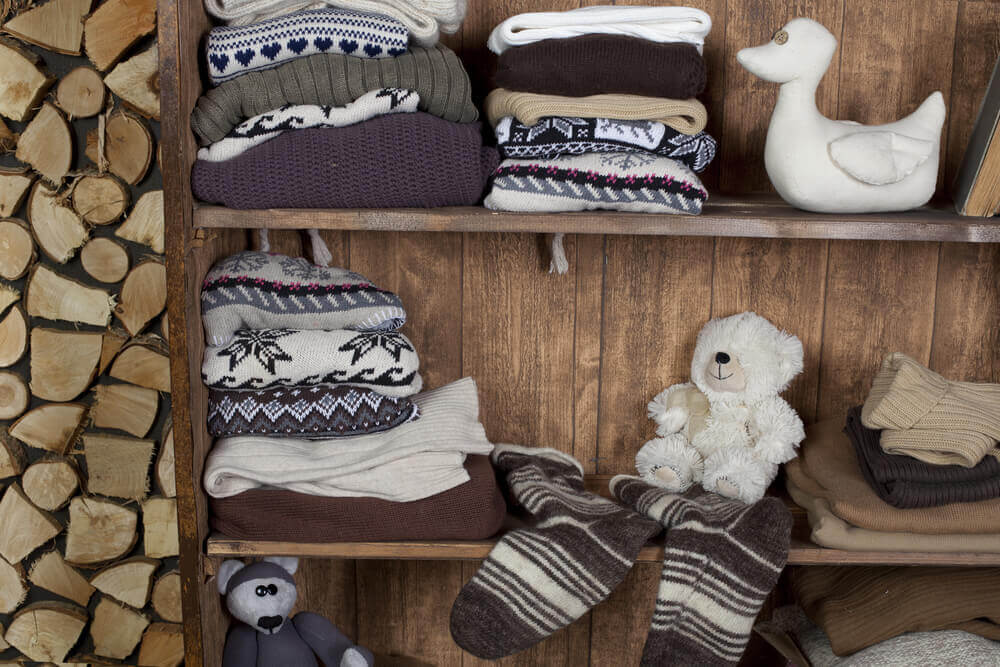
Lastly, look for a good place to store your boxes. Avoid spaces where humidity might be a problem such as garages or attics.
Instead, places like above your closet or underneath your bed make the best storage areas. These spaces have controlled temperature and a constant level of humidity. In addition, they block out sunlight.
Summer is coming! That means it’s time to store away your heavy blankets and winter clothes. Today, we want to help you simplify the process and teach you tips for storing your winter clothes.
When we have to change our closets for a new season, many of us think that replacing all of our past-season clothes with their upcoming-season counterparts is enough.
But if you want to change your closet successfully, you should consider certain important factors first such as the storage space that you have available.
Cleaning out a closet is much more complicated than it seems. But it has its benefits: changing seasons frees up space, allows us to get rid of the articles that we don’t use anymore and helps us find the ones we actually do use.
Storing your winter clothes: make sure they’re nice and clean

Before storing your clothes, make sure that each and every article is clean and in good shape. Here are the steps to follow:
- First things first, remove all of your clothes from your closet in an organized manner.
- Next, take your clothes and divide them into 3 groups: clothes you’re planning on using still, seasonal clothes to put away and clothes that you don’t need anymore and can throw away or recycle.
- Lastly, wash all of the articles that need it.
The last step is extremely important. When you put clothes away for a long period of time, they can form odors or even mold. Make sure that your clothes are free of stains and that there is no trace of perfume or lotion either.
Pack your clothes away in orderly fashion

Organizing your clothes by type of article is one of the best ways to make seasonal closet transitions easier. When you’re dividing up your clothes into types, remember to keep in mind other aspects such as the special care that your delicate articles might require.
If you want to create more closet space, you can also opt to store your bigger items in vacuum-seal packages. For shoes, especially delicate pairs, we recommend filling them with silk paper first even the end result will take up more space. By filling them first, you can prevent their shape from deforming.
Choose the right containers for your clothes

Cardboard boxes might be a tempting idea for storage. But cardboard is acidic and susceptible to water or moisture damage. On top of that, it might have glue or cracks that could attract bugs and other pests.
In light of that, plastic boxes are actually a much more practical way of storing your out-of-season clothes. Plastic boxes will keep your clothing fibers in good condition and safe from insects. Additionally, you can find plastic boxes or containers at any dollar store.
As for your delicate ware, try muslin or cotton bags instead of boxes because they’ll allow air to flow through. On the contrary, boxing your delicate items away can lead to humidity build-up and damage.
Protect your clothes from any kind of risk

One of the biggest fears that comes with storing clothes away for the season is possible insect damage. The best way to protect your clothes is by using mothballs alongside your articles.
Mothballs contain insecticides that repel pests. However, they can be very harmful to children and pets as well.
Instead, natural insect-repellents such as cedar or lavender can be safer alternatives. You can even make them yourself; you just need to fill a small muslin sack with dried lavender or cotton balls soaked in essential lavender oil.
Store your winter clothes away in a safe place

Lastly, look for a good place to store your boxes. Avoid spaces where humidity might be a problem such as garages or attics.
Instead, places like above your closet or underneath your bed make the best storage areas. These spaces have controlled temperature and a constant level of humidity. In addition, they block out sunlight.
All cited sources were thoroughly reviewed by our team to ensure their quality, reliability, currency, and validity. The bibliography of this article was considered reliable and of academic or scientific accuracy.
- Morales de Coca, Rosario: Acondicionado de camas, prendas de vestir y ropa del hogar, IC Editorial, 2013.







